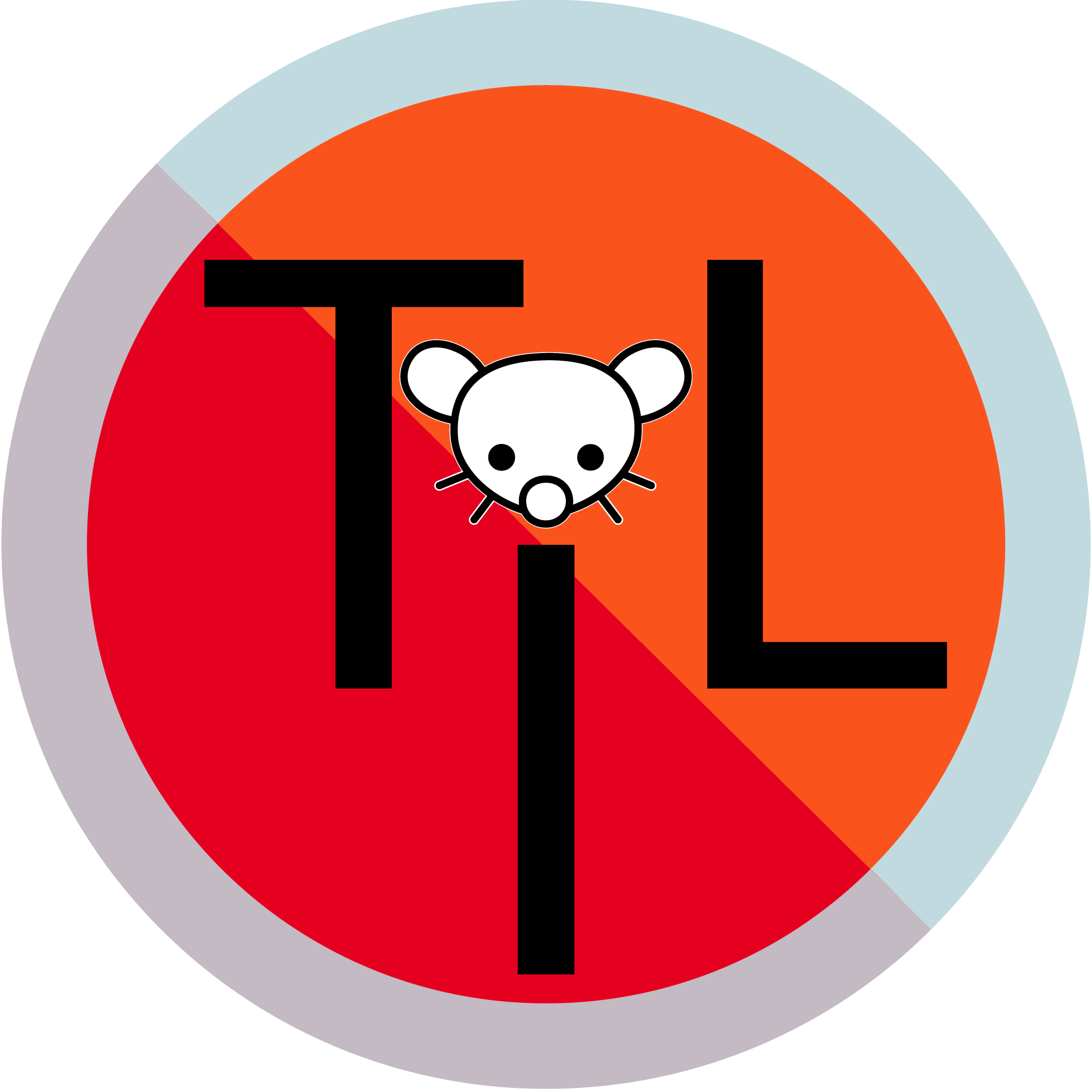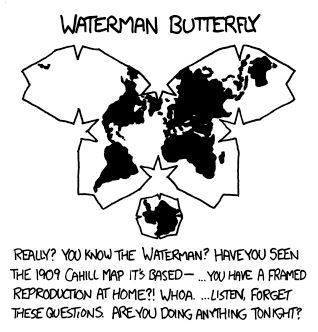

I looked for the original article, abstract:
Human capital—encompassing cognitive skills and personality traits—is critical for labor market success, yet the personality component remains difficult to measure at scale. Leveraging advances in artificial intelligence and comprehensive LinkedIn data, we extract the Big 5 personality traits from facial images of 96,000 MBA graduates, and demonstrate that this novel" Photo Big 5" predicts school rank, compensation, job seniority, industry choice, job transitions, and career advancement. Using administrative records from top-tier MBA programs, we find that the Photo Big 5 exhibits only modest correlations with cognitive measures like GPA and standardized test scores, yet offers comparable incremental predictive power for labor outcomes. Unlike traditional survey-based personality measures, the Photo Big 5 is readily accessible and potentially less susceptible to manipulation, making it suitable for wide adoption in academic research and hiring processes. However, its use in labor market screening raises ethical concerns regarding statistical discrimination and individual autonomy.
The PDF is downloadable here: https://scholar.google.com/citations?view_op=view_citation&hl=en&user=2eia4X4AAAAJ&sortby=pubdate&citation_for_view=2eia4X4AAAAJ%3A_FxGoFyzp5QC
I don’t have the time nor the expertise to read everything to understand how they take into account the bias that good looking white men with educated parents are way more likely to succeed at life.

































It’s the authoritarian way, as seen in pretty much any country who had it.